News
2025.10.02
Columns
The Hidden Secrets of Matcha Bowl Shapes – A Reflection of Seasons and the Japanese Spirit
The matcha bowl (chawan) is an essential tool in the traditional Japanese tea ceremony. Even for those unfamiliar with tea culture, the unique beauty and texture of a chawan often leave a lasting impression. But beyond its visual charm lies something deeper: every shape of a matcha bowl has meaning – shaped by centuries of wisdom and cultural sensitivity.
Table of Contents
1. Shape Follows Season – The Matcha Bowl’s Seasonal Forms
2. Beauty in Imperfection – The Spirit of Wabi-Sabi
3. Designed to Be Used – The Functional Beauty of the Chawan
4. Modern Interpretations – The Chawan in Contemporary Life
5. In Closing – A Bowl That Holds More Than Tea
Shape Follows Season – The Matcha Bowl’s Seasonal Forms
In the world of tea, the shape of the chawan is not fixed. It is carefully chosen according to the season, balancing both aesthetic appeal and functional design.
◆ Winter: Tsutsu Chawan (Cylindrical Bowl)
・Tall and narrow, resembling a cylinder
・Keeps tea warm and allows hands to wrap around for comfort
◆ Summer: Hira Chawan (Flat Bowl)
・Wide and shallow with a broad opening
・Encourages quick cooling and offers a refreshing visual impression
These forms are not just functional—they reflect a sensitivity to nature and the seasons. The bowl becomes a quiet messenger of change, inviting us to savor the moment.
Beauty in Imperfection – The Spirit of Wabi-Sabi
Many matcha bowls do not conform to perfection. Take the Ido Chawan, a classic example originating from the Korean Peninsula—its slightly irregular form, high foot (kodai), and flowing glaze express a rustic, earthy charm.
This is not a flaw—it is a deliberate aesthetic choice rooted in “wabi-sabi”, the Japanese philosophy that embraces imperfection and impermanence. Rather than symmetry or polish, the bowl celebrates natural texture, asymmetry, and quiet presence—qualities that invite contemplation and calm.
Designed to Be Used – The Functional Beauty of the Chawan
A chawan is not just a decorative object—it is a tool designed for use.
・A gently rounded interior allows easy whisking with a bamboo chasen
・A subtly flared rim offers a soft, pleasant drinking experience
・The weight and balance are carefully considered to sit comfortably in the hands
The result is a bowl that combines form and function, where every curve has a purpose. This harmony of beauty and utility is what the Japanese call “yo no bi”, or beauty in use.
Modern Interpretations – The Chawan in Contemporary Life
In recent years, matcha bowls have evolved beyond the tea room. Artists and designers are blending traditional shapes with modern aesthetics:
・Scandinavian-inspired minimalist styles
・Vibrant colors and textures for café or home décor
・Contemporary chawans as unique gifts or collectible art
Despite changing times, the essence remains: a matcha bowl is still a vessel to hold, savor, and connect with the moment.
In Closing – A Bowl That Holds More Than Tea
The next time you hold a matcha bowl, take a moment to look beyond the surface. Its shape is a quiet testament to Japan’s seasonal awareness, craftsmanship, and philosophy of beauty.
Imoto Sangyo Ltd. handles a wide range of tableware, kitchenware, cutlery, agricultural tools, and miscellaneous goods. For export and import inquiries, please contact us via our Contact Page. Please note that we do not sell directly to individual customers.
Category
Archive

